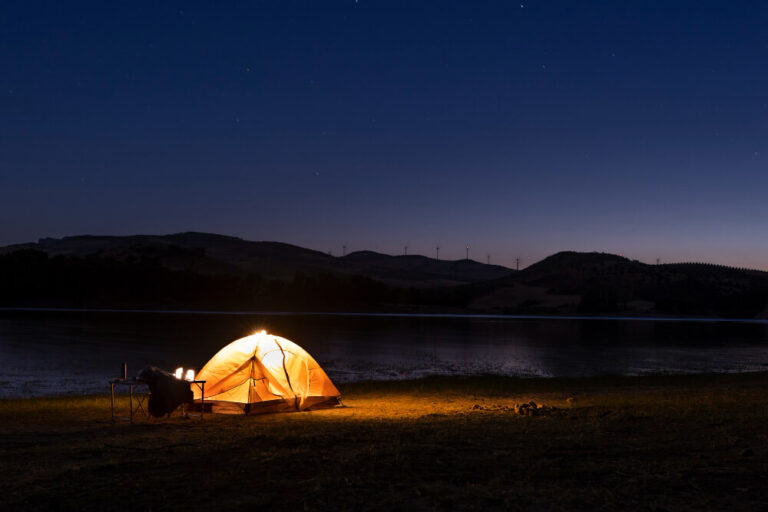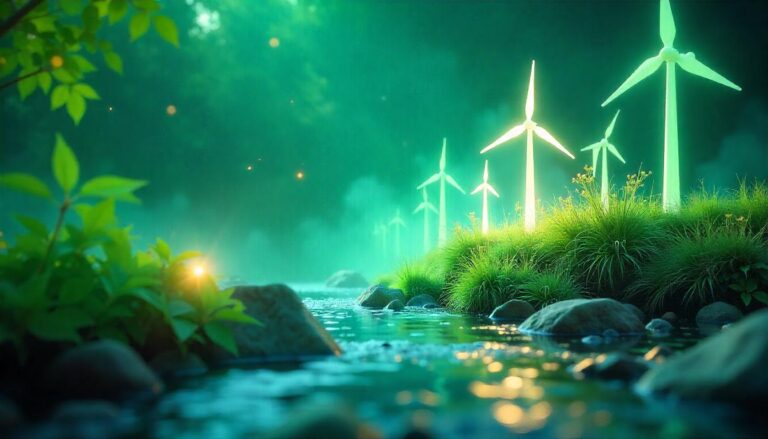Green Gold Rush: Top Green Tech Startup Sectors to Watch in 2025
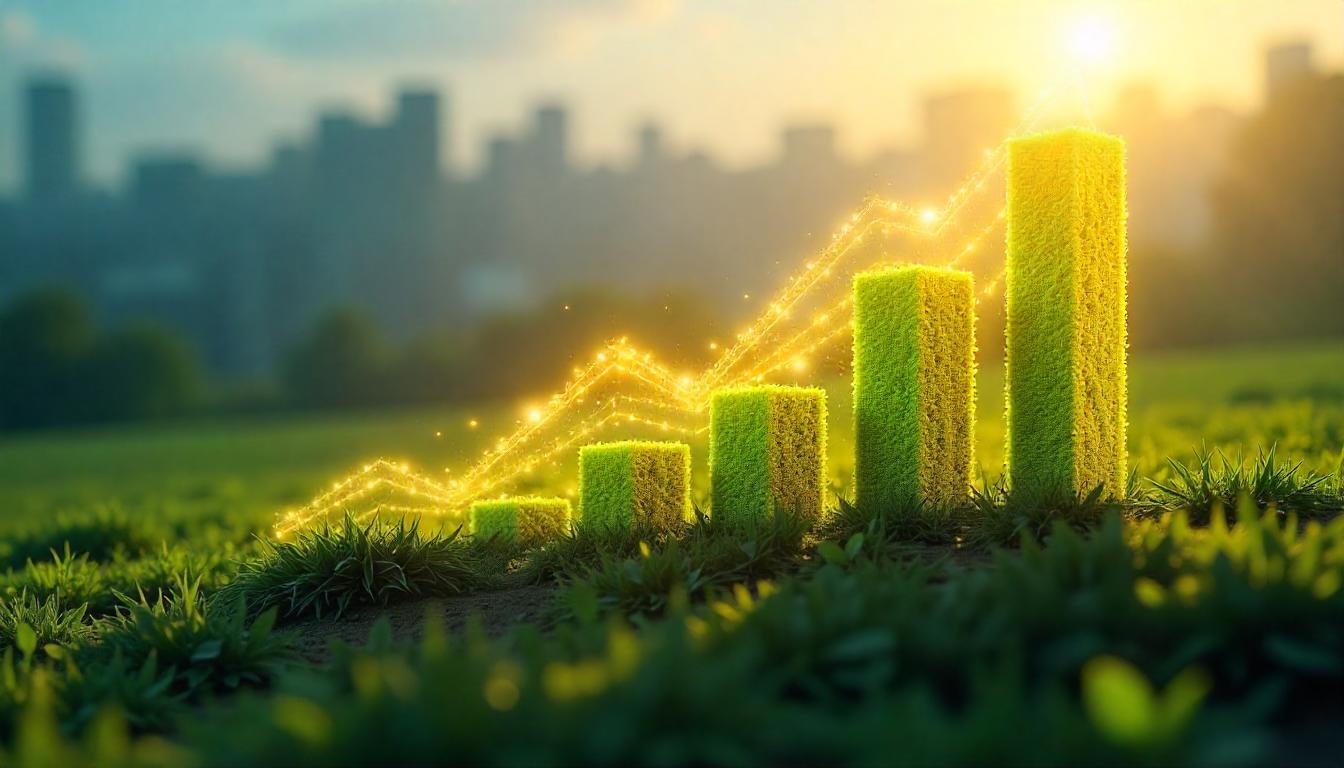
The pursuit of a sustainable future is no longer just an environmental imperative; it’s an economic powerhouse. As the world grapples with climate change and resource scarcity, green tech startups are emerging as the new pioneers, transforming challenges into unprecedented opportunities. In 2025, the “green gold rush” isn’t just about good intentions—it’s about groundbreaking innovation, massive market potential, and the strategic intersection of technology and sustainability.
Investors, entrepreneurs, and forward-thinking individuals are keenly eyeing specific sectors where innovation is exploding, capital is flowing, and the potential for transformative impact is immense. This article dives deep into the hottest green tech startup sectors poised for significant growth and investment in 2025, revealing where the true “gold” of sustainable innovation lies.
- 1. Long-Duration Energy Storage: The Holy Grail of Renewable Grids
- 2. Carbon Capture, Utilization, and Storage (CCUS) & Direct Air Capture (DAC): Reversing Emissions
- 3. Sustainable Agriculture & Food Tech (AgriTech): Nurturing a Greener Food System
- 4. Circular Economy & Waste-to-Value: Closing the Loop on Resources
- 5. AI-Driven Sustainability Solutions: The Intelligent Backbone of Green Tech
- The Road Ahead: A Golden Opportunity for Impact and Investment
- Frequently Asked Questions (FAQs) About Green Tech Startups
1. Long-Duration Energy Storage: The Holy Grail of Renewable Grids
The rise of intermittent renewable energy sources like solar and wind has created a critical need for reliable, long-duration energy storage (LDES). Beyond the typical lithium-ion batteries that power our phones and EVs, LDES solutions are designed to store energy for hours, days, or even weeks, ensuring grid stability and enabling a truly 24/7 renewable-powered future. This sector is witnessing a surge of innovative green tech startups leveraging diverse chemistries and mechanical solutions.
- Why it’s Hot: As renewable penetration increases, balancing supply and demand becomes paramount. LDES addresses the intermittency challenge, allowing grids to run on higher percentages of renewables and reduce reliance on fossil fuel peaker plants.
- Key Innovations & Startups:
- Iron-Air Batteries: Pioneers like Form Energy are making waves with their iron-air battery technology, promising ultra-low-cost, long-duration storage by converting iron to rust and back again. They’ve already secured over $1.2 billion in funding.
- Thermal Energy Storage: Startups like Antora Energy are developing thermal batteries using inexpensive materials like carbon blocks to store heat from renewable electricity, which can then be converted back to power.
- Gravity-Based Systems: Energy Vault is scaling its innovative gravity-based storage solutions, using excess renewable energy to lift massive composite blocks, then lowering them to generate electricity when needed.
- Flow Batteries: Companies like Eos Energy Enterprises (zinc-based) and Redflow (zinc-bromine) are pushing the boundaries of flow battery technology, offering long cycle life and flexibility.
- Compressed Air Energy Storage (CAES): Hydrostor utilizes underground caverns to store compressed air, releasing it to generate electricity, offering large-scale, long-duration solutions.
- Market Drivers: Government incentives, increasing grid instability, and the declining cost of renewables are fueling massive demand for LDES solutions.

2. Carbon Capture, Utilization, and Storage (CCUS) & Direct Air Capture (DAC): Reversing Emissions
Once considered niche, Carbon Capture, Utilization, and Storage (CCUS), especially Direct Air Capture (DAC), has rapidly emerged as a critical sector for green tech startups. These technologies are essential for decarbonizing “hard-to-abate” industries like cement and steel, as well as for actively removing historical CO₂ emissions from the atmosphere.
- Why it’s Hot: As the global imperative to reach net-zero intensifies, CCUS and DAC offer solutions for emissions that cannot be eliminated through electrification or renewable energy alone. The ability to utilize captured CO₂ to create valuable products further sweetens the commercial incentive.
- Key Innovations & Startups:
- Advanced DAC Technologies: Startups are making DAC more efficient and cost-effective. Airhive is developing modular DAC units for industrial sites, even piloting with Coca-Cola to capture CO₂ for beverages. ZeoDac not only captures CO₂ but also harvests water as a byproduct, addressing water scarcity.
- Integrated Solutions: Parallel Carbon is innovating by integrating DAC with water electrolysis to simultaneously remove CO₂ and produce clean hydrogen, creating a dual climate solution.
- CO2-to-Value Products: Companies like ICODOS and Oxylus Energy are transforming captured CO2 into sustainable fuels (e-methanol) and chemicals. D-CRBN and eChemicles are developing modular plasma technologies and electrolyzers to convert CO₂ into carbon monoxide (CO), a crucial feedstock for various industries.
- Monitoring & Verification: Noya focuses on measuring, reporting, and verifying carbon removal to provide credible carbon credits.
- Market Drivers: Strong corporate commitments to net-zero, government tax credits (like the US 45Q), and the increasing value of carbon credits are driving significant investment into these nascent but crucial technologies.
3. Sustainable Agriculture & Food Tech (AgriTech): Nurturing a Greener Food System
The global food system is a significant contributor to greenhouse gas emissions and resource depletion. Green tech startups in the sustainable agriculture (AgriTech) and food tech sectors are leveraging cutting-edge technologies to transform how we grow, process, and consume food, aiming for efficiency, resilience, and reduced environmental impact.
- Why it’s Hot: The dual pressures of feeding a growing global population sustainably and adapting to climate change impacts on farming are driving innovation. Investors see massive potential in solutions that enhance yields, reduce waste, and minimize environmental footprints.
- Key Innovations & Startups:
- Precision Agriculture: Using AI, IoT, and drones, startups like Fasal (India) and Farmtri (US) optimize resource use (water, fertilizers), predict crop risks, and improve yields through real-time data analysis. Kilimo (Argentina) uses AI for smart irrigation, helping farmers use less water for higher yields.
- Vertical Farming & Controlled Environment Agriculture (CEA): AeroFarms and BrightFarms are expanding vertical farms, enabling local, resource-efficient food production in urban areas.
- Alternative Proteins & Food Innovation: Beyond plant-based meats (Impossible Foods), startups like Ynsect are developing insect protein for food and feed, while Aleph Farms is pioneering cultivated meat.
- Supply Chain Optimization: Ninjacart (India) uses tech to streamline agricultural supply chains, reducing waste.
- Carbon Accounting: CarbonMaps is developing environmental accounting platforms specifically for the food industry to track and reduce emissions.
- Robotics for Farming: Dahlia Robotics and Ekobot are creating autonomous robots for precise weeding, reducing herbicide use.
- Market Drivers: Consumer demand for sustainable and healthy food, concerns over water scarcity and land degradation, and the increasing adoption of digital tools by farmers.
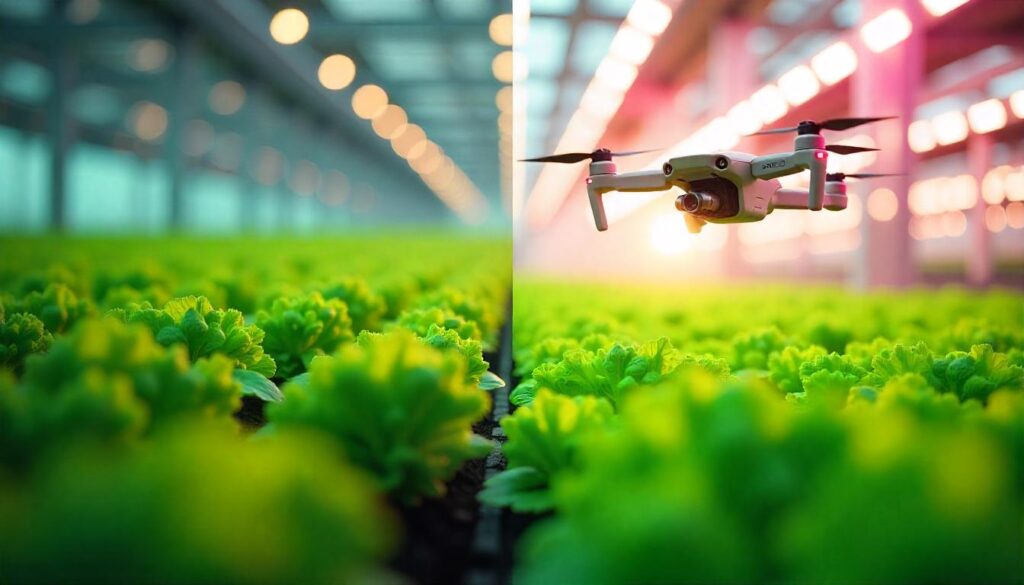
4. Circular Economy & Waste-to-Value: Closing the Loop on Resources
The linear “take-make-dispose” economic model is unsustainable. Green tech startups in the circular economy are disrupting this paradigm by focusing on designing out waste and pollution, keeping products and materials in use, and regenerating natural systems. This sector is not just about recycling; it’s about fundamental shifts in material science, product design, and business models.
- Why It’s Hot: Driven by escalating waste crises, resource scarcity, consumer demand for sustainable products, and corporate ESG commitments, the circular economy represents a multi-trillion-dollar opportunity. Digital transformation is key to tracking and optimizing resource flows.
- Key Innovations & Startups:
- Advanced Recycling & Waste Intelligence: Greyparrot (UK) uses AI and computer vision in recycling facilities to automatically identify and sort waste, significantly increasing material recovery. Other startups are developing advanced chemical recycling methods to break down complex plastics.
- Bio-based & Sustainable Materials: Companies like Bolt Threads and Modern Meadow are developing bio-fabricated materials (e.g., mushroom leather, bio-silk) to replace petroleum-based fabrics and animal products. Natural Fiber Welding creates scalable platforms for plant-based materials. Newlight Technologies captures carbon emissions to produce bioplastics.
- Recommerce & Product-as-a-Service: Platforms like Olio (food waste sharing) and Stuffstr (recommerce tech) extend product lifecycles through sharing, resale, and rental models.
- Battery & Component Recovery: Startups are focusing on second-life applications for EV batteries in energy storage systems and advanced methods for critical mineral recovery from e-waste.
- Market Drivers: Strict environmental regulations (e.g., the EU Circular Economy Action Plan), corporate sustainability mandates, and the rising cost of virgin materials are compelling businesses to adopt circular practices.
5. AI-Driven Sustainability Solutions: The Intelligent Backbone of Green Tech
Artificial Intelligence (AI) isn’t a standalone green tech sector but rather a powerful, cross-cutting enabler that is fueling innovation across all other areas. AI-driven sustainability startups are leveraging machine learning, predictive analytics, and computer vision to optimize existing systems, create new efficiencies, and provide crucial insights for environmental management.
- Why it’s Hot: AI can process vast amounts of data, identify complex patterns, and make real-time decisions far beyond human capability. This makes it indispensable for managing dynamic renewable energy grids, optimizing resource use, and accurately measuring environmental impact.
- Key Innovations & Startups:
- Energy Optimization & Grid Management: Uplight uses AI to help utilities manage demand, improve energy efficiency, and enable virtual power plants. AI-powered platforms are balancing renewable supply with real-time demand fluctuations.
- Carbon Accounting & ESG Data: Startups like Pachama leverage AI and satellite imagery to verify carbon sequestration in forests, bringing transparency to carbon markets. ClimateAI provides precise climate risk assessments and long-term forecasts for businesses and governments.
- Resource Management & Monitoring: Kilimo (mentioned above) uses AI for precision irrigation. Rainforest Connection uses AI to monitor rainforests for illegal logging and poaching through acoustic analysis. Ceres AI uses AI and aerial imagery for water and crop management.
- New Materials Discovery: Shiru uses AI and bioinformatics to accelerate the discovery and development of sustainable ingredients and materials.
- Waste Intelligence: Greyparrot (mentioned above) uses AI for intelligent waste sorting, improving recycling rates.
- Market Drivers: The global push for data-driven sustainability strategies, the increasing complexity of climate challenges, and the rapid advancements in AI capabilities are creating fertile ground for these startups.
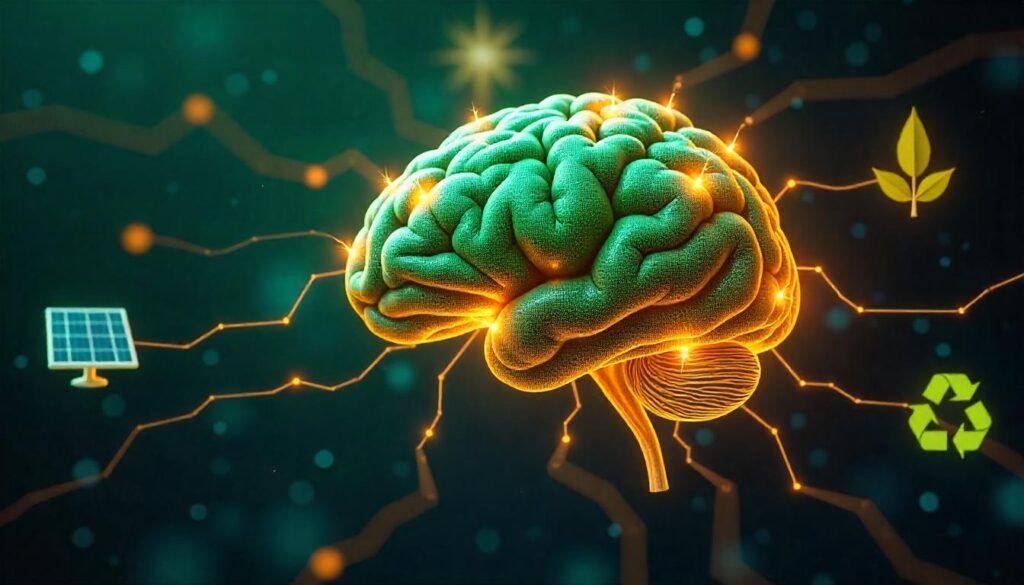
The Road Ahead: A Golden Opportunity for Impact and Investment
The “Green Gold Rush” of 2025 is more than just a fleeting trend; it represents a fundamental shift in global priorities and an undeniable opportunity for both profit and planet. The convergence of technological innovation, urgent environmental needs, and robust investment capital is creating a fertile ground for green tech startups across these booming sectors.
While challenges remain—from scaling complex technologies to navigating regulatory landscapes—the sheer magnitude of the problems these startups are solving ensures sustained demand and investment. For entrepreneurs, the message is clear: the time to build a sustainable future is now. For investors, the opportunity to back the next generation of industry leaders who are not just doing good but doing good business is more compelling than ever. The race to decarbonize and build a truly sustainable world is on, and green tech startups are leading the charge.
Frequently Asked Questions (FAQs) About Green Tech Startups
Q1: What defines a “green tech startup”?
A: A green tech startup, often called a climate tech or cleantech startup, develops innovative technologies, products, or services specifically designed to reduce environmental impact, combat climate change, or promote sustainability across various industries.
Q2: Which green tech sectors are seeing the most investment in 2025?
A: In 2025, the hottest sectors for investment include long-duration energy storage, carbon capture & utilization (especially direct air capture), sustainable agriculture & food tech, circular economy & waste-to-value, and AI-driven sustainability solutions.
Q3: What are some examples of successful green tech startups?
A: Examples include Form Energy (iron-air batteries), Northvolt (sustainable batteries), CarbonCapture (direct air capture), Kilimo (AI for smart agriculture), Greyparrot (AI for waste sorting), and AeroFarms (vertical farming).
Q4: What are the main challenges for green tech startups?
A: Key challenges include high capital requirements, long payback periods for hardware-intensive solutions, complex regulatory environments, difficulties in scaling from pilot to commercial deployment, and navigating global supply chain disruptions.
Q5: How is AI impacting the green tech sector?
A: AI is a powerful enabler across green tech, driving efficiency in energy management, optimizing resource use, accelerating new materials discovery, providing data-driven insights for climate risk and carbon accounting, and improving processes like waste sorting and agricultural yields.


